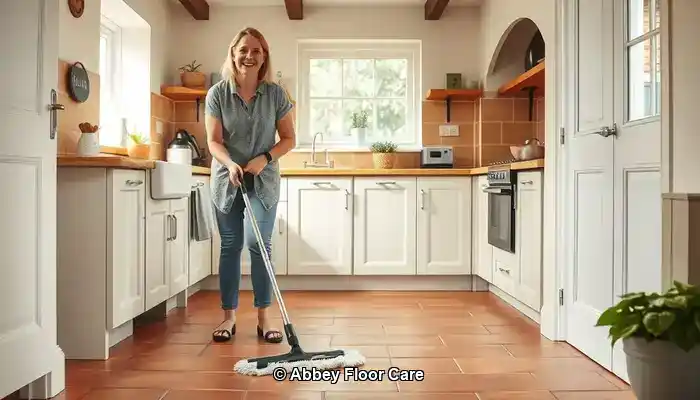
Last Updated on September 29, 2025 by David
Mastering the Art of Maintaining Immaculate Terracotta Floors
-
- <b>Terracotta</b> is highly porous, rendering it particularly vulnerable to absorbing dirt and grime, especially in humid regions like Surrey.
- <b>Properly sealing your tiles</b> is essential to thwart moisture and dirt from penetrating the tile surface, which can lead to irreversible damage and unsightly discolouration.
- Consistent maintenance is key—regular sweeping and weekly mopping with pH-neutral cleaners are crucial for preserving the pristine appearance of your tiles.
- <b>Steer clear of harsh chemicals and steam mops</b>, as these can deteriorate the sealant and the tile surface over time.
- Opt for eco-friendly cleaning solutions, particularly in homes with pets or children, to ensure a safe and healthy environment.
- Consider professional restoration services for comprehensive cleaning and resealing, which will offer enduring protection for your terracotta tiles.
- Utilise rugs and mats wisely in high-traffic areas to significantly reduce the transfer of dirt onto your tiles.
- <b>Effective moisture management is crucial</b>—ensure proper ventilation and promptly address spills to prevent stains and mould growth.
Understanding Why Terracotta Accumulates Dirt So Rapidly
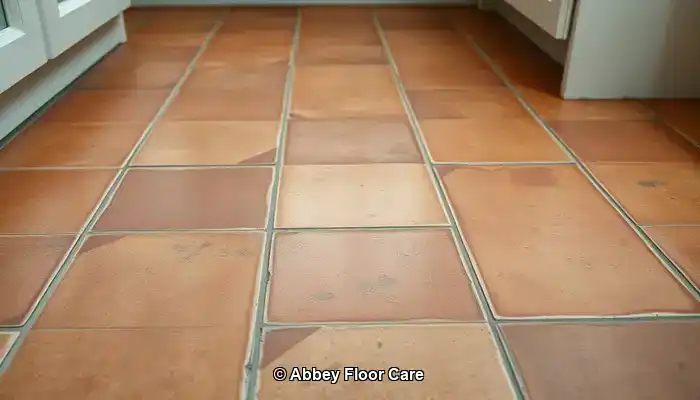
Terracotta tiles present an aesthetically appealing flooring choice that suits traditional and rustic-style homes throughout Surrey. The warm tones and natural textures provide a unique charm to any living space. However, despite their captivating appearance, terracotta tiles are infamous for their propensity to accumulate dirt quickly. Understanding the fundamental reasons behind this phenomenon is vital for effective maintenance and ensures that your flooring remains as beautiful as the day it was installed.
Top Picks: Best Products for Daily Terracotta Care
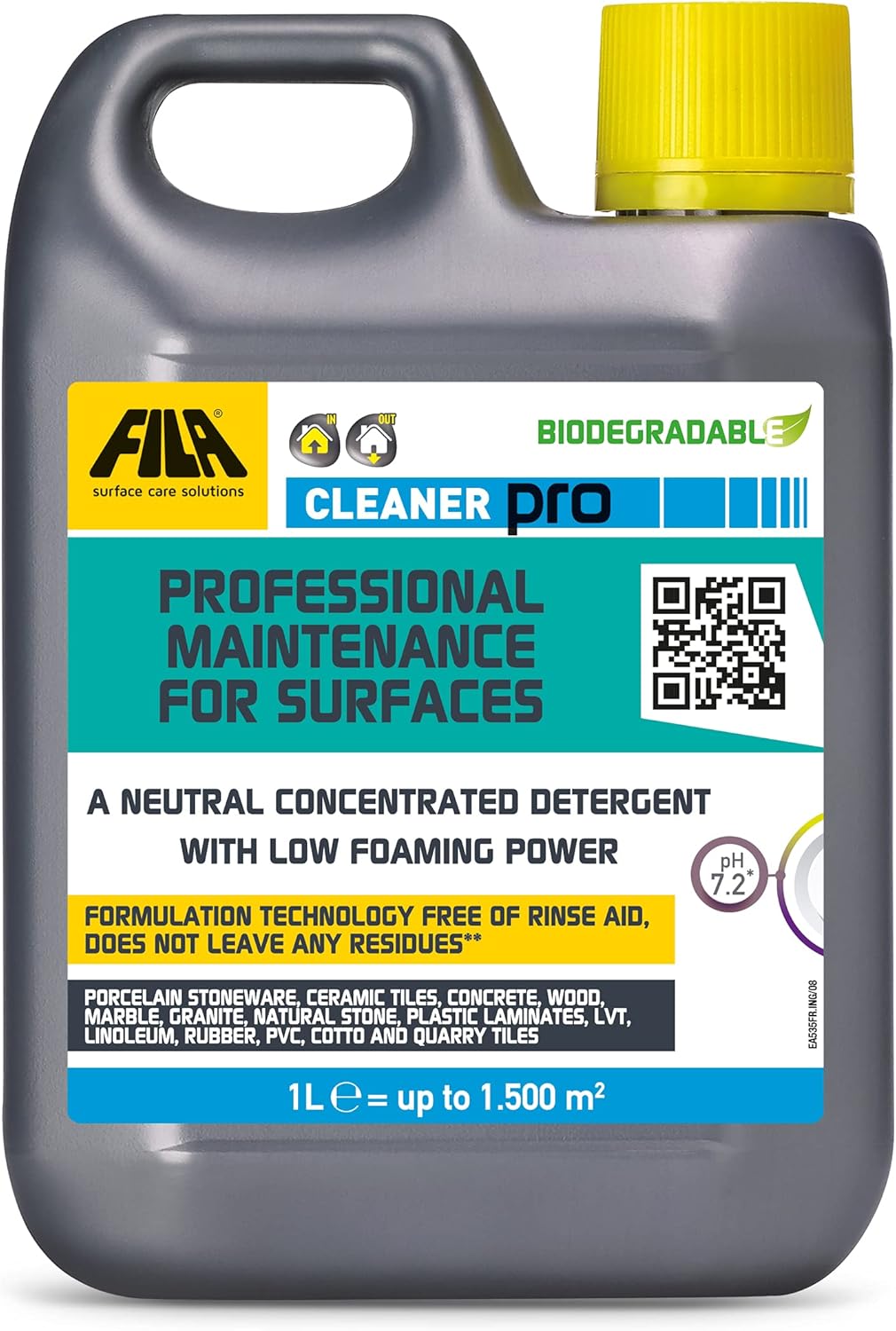
Fila Pro Floor Cleaner
|
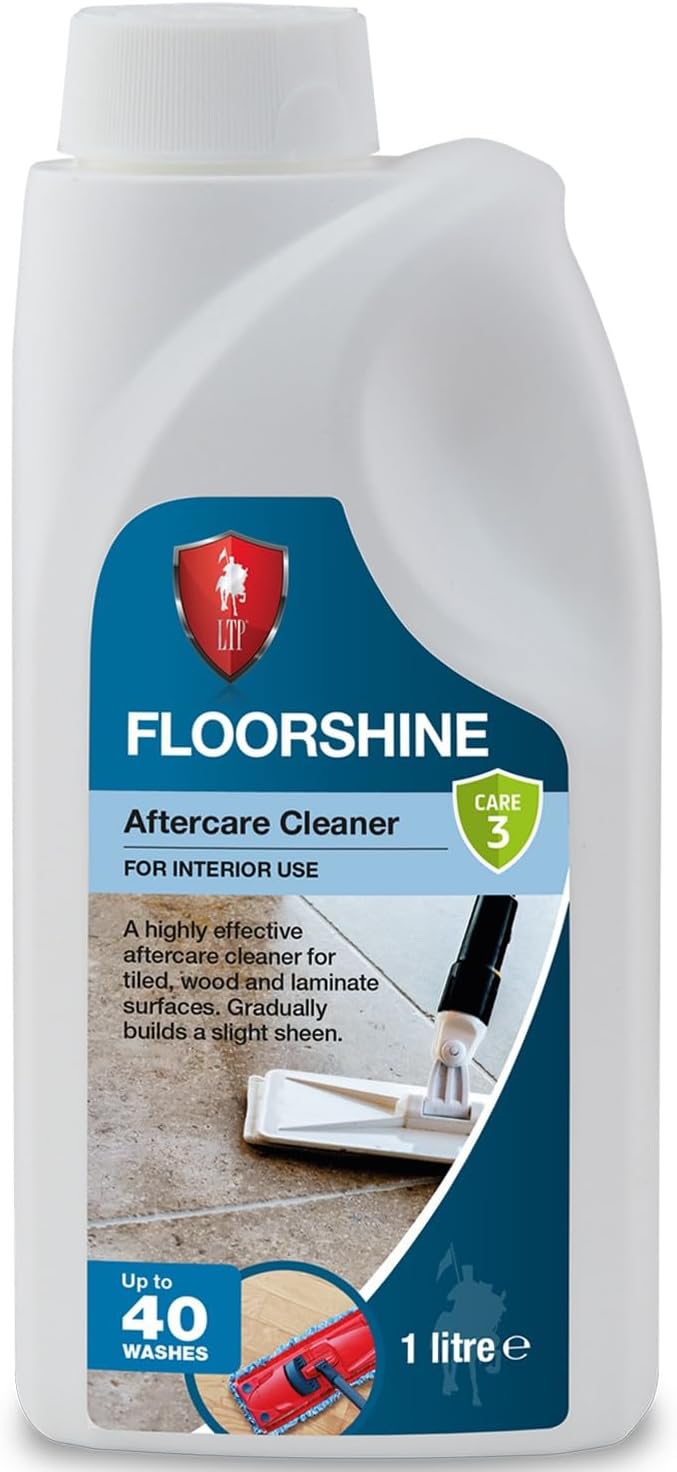
LTP Floorshine
|
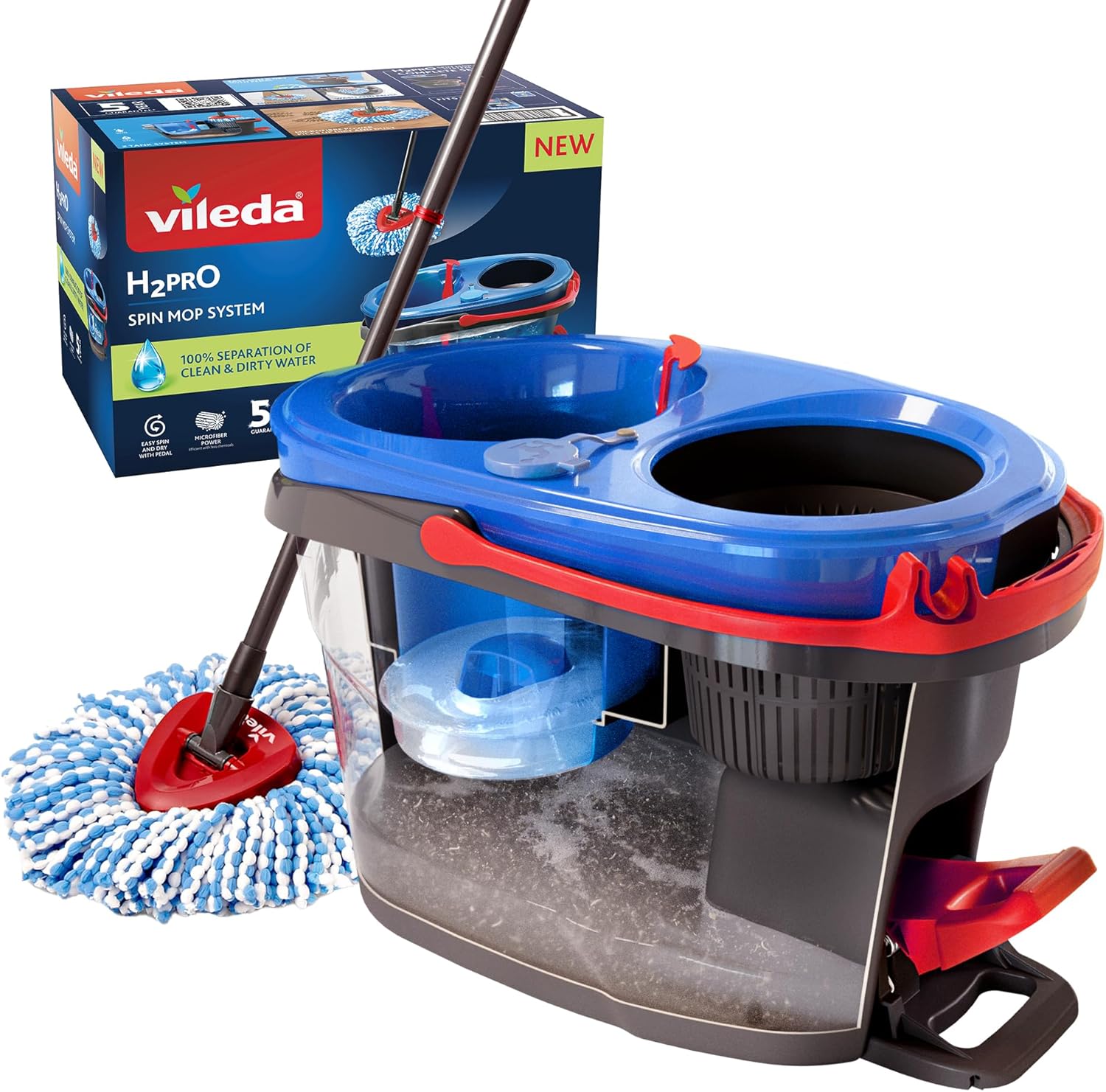
Vileda H2PrO Spin Mop System
|
Exploring the Role of Porosity in Dirt Accumulation
Terracotta is crafted from natural clay and is fired at comparatively low temperatures compared to other types of tiles. This manufacturing process results in a surface that is exceptionally porous, allowing it to easily absorb moisture, oils, and dirt—functioning similarly to a sponge. In daily use, this inherent porosity allows grime to penetrate deeply into the tile, making it increasingly challenging to clean with conventional methods as time goes on.
Tiles that are not sealed are especially prone to staining. Without a protective barrier, even minor spills or muddy footprints can leave lasting marks. Over time, this can lead to a dull and stained appearance that may necessitate professional intervention for effective restoration.
How Does Surrey’s Climate Affect Tile Cleanliness?
The climate conditions in Surrey play a significant role in how rapidly terracotta flooring becomes dirty. The frequent rainfall and elevated humidity levels result in increased moisture being introduced indoors, particularly in entryways and conservatories, which can intensify dirt accumulation.
Properties situated near wooded areas or gardens face even greater challenges. Soil, pollen, and organic debris can easily transfer onto terracotta surfaces, particularly when shoes are not removed at the entrance, creating a constant challenge for cleanliness.
What Daily Practices Contribute to Enhanced Dirt Build-Up?
Beyond environmental factors, certain daily habits can exacerbate the situation. The use of improper cleaning products—such as acidic solutions or bleach—can strip protective coatings and damage the tile surface. While steam mops are popular for their convenience, they often push moisture deeper into the tile, worsening the problem.
High-traffic areas, such as kitchens and hallways, naturally incur more wear and tear. Without consistent sweeping and mopping, dirt can accumulate rapidly and become embedded within the tile’s texture, making it increasingly difficult to clean.
Proven Techniques for Maintaining Spotless Terracotta Floors
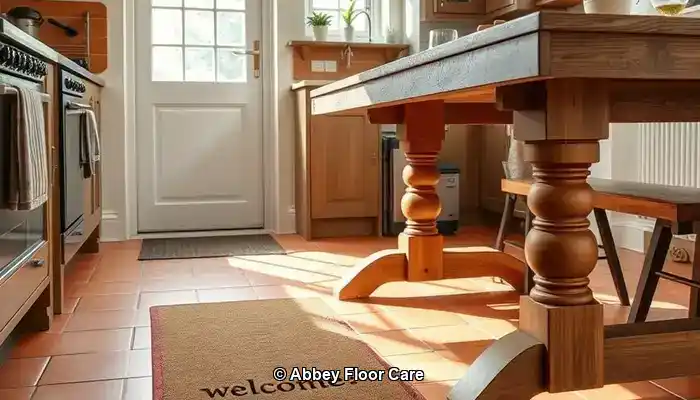
Maintaining the cleanliness of terracotta floors goes beyond merely responding to visible dirt; it necessitates proactive measures to prevent dirt from settling in the first place. In homes throughout Surrey, where damp weather and garden traffic are commonplace, diligent care is paramount to preserving the intrinsic beauty of terracotta tiles.
Why Sealing Is Critical for Safeguarding Your Floors from Dirt
The most effective approach to prevent terracotta from becoming dirty quickly is to ensure it is adequately sealed. A high-quality, breathable sealant forms a protective barrier that repels moisture, oils, and grime. Given the fluctuating humidity levels in Surrey, sealing is vital to prevent water absorption, which can lead to staining and mould growth.
Experts recommend resealing terracotta every 12 to 18 months, depending on foot traffic and exposure. In areas such as kitchens, hallways, and conservatories—where daily use is high—more frequent sealing may be required. Always choose a sealant that is specifically designed for porous stone and avoid glossy finishes that may trap dirt on the surface.
How to Effectively Utilise Rugs and Mats for Floor Protection
Strategically positioning rugs and mats can dramatically reduce the amount of dirt that reaches your terracotta tiles. Employ heavy-duty doormats at entrances to capture mud and moisture before they enter your home. In high-traffic areas such as hallways or underneath dining tables, area rugs serve as a protective buffer, safeguarding the tile from wear and tear.
For spaces that connect to the outdoors, consider using washable runners that are easy to maintain. These not only help preserve the tiles but also contribute warmth and style to your living environment.
How to Efficiently Manage Moisture in Homes Throughout Surrey
The climate in Surrey is marked by consistent rain and dampness, which can accelerate dirt accumulation on terracotta surfaces. To counteract this, use dehumidifiers in closed areas and ensure adequate ventilation throughout your home. Always clean up spills promptly and avoid leaving wet items—such as shoes or towels—on the floor.
If your terracotta is located in a conservatory or garden room, consider installing blinds or UV filters to minimise condensation and prevent sun damage. These small adjustments can greatly enhance the durability and appearance of your tiles.
By integrating effective sealing practices, smart design choices, and efficient moisture management, homeowners in Surrey can significantly slow the rate at which their terracotta floors accumulate dirt. In the subsequent section, we will delve into the best cleaning techniques to maintain that fresh, natural look every day.
Best Cleaning Practices for Terracotta Tiles
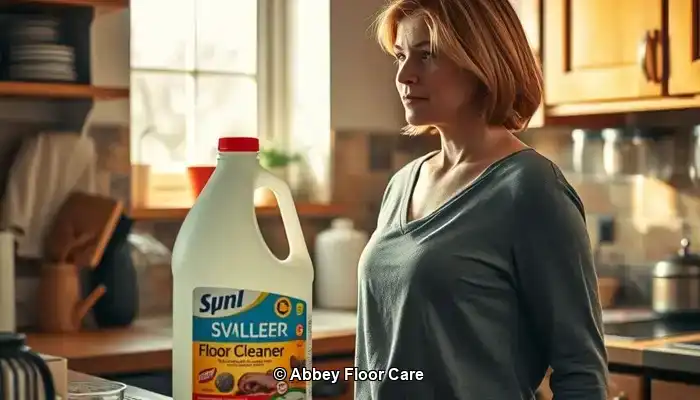
Even with adequate sealing and preventative measures in place, terracotta floors require regular attention to uphold their natural beauty. The secret lies in employing appropriate techniques and products that effectively clean while safeguarding the porous surface of the tile.
What Should My Daily and Weekly Cleaning Routine Consist Of?
In residences throughout Surrey, where outdoor elements frequently invade indoor spaces, daily sweeping or vacuuming is essential for maintaining cleanliness. Use a soft-bristle broom or a vacuum cleaner designed for hard floors to eliminate dust, grit, and organic matter before it settles into the tile.
For weekly cleaning, mop using warm water along with a pH-neutral cleaner specifically created for natural stone. It is vital to avoid soaking the floor—damp mopping is the preferred approach. Excess water can seep into the tile, leading to staining or mould growth, especially in older or inadequately sealed installations.
How to Select the Right Cleaning Products for Terracotta Floors
Choose cleaning products that are mild yet effective. Look for labels that state “stone-safe,” “non-acidic,” or “pH-neutral.” In Surrey, where eco-conscious living is increasingly prominent, many homeowners prefer biodegradable cleaners that are safe for both pets and children.
Avoid multi-surface cleaners containing bleach, ammonia, or citrus extracts. These components can strip sealants and etch the terracotta, rendering it more prone to future staining.
For stubborn stains, utilise a soft cloth with a diluted stone cleaner solution. Never scrub with abrasive pads or wire brushes, as these can scratch the surface and complicate cleaning efforts in the long run.
What Cleaning Techniques Should Be Avoided for Terracotta?
While steam mops may appear convenient, they are not suitable for terracotta. The high heat and moisture can penetrate the tile and weaken the sealant, causing long-term damage. Similarly, acidic cleaners like vinegar or lemon juice—even when diluted—can erode the tile’s surface and lead to discolouration.
Stick to gentle cleaning methods, and always perform a test with new products on a small, inconspicuous area before applying them across the entire floor.
When Is It Necessary to Seek Professional Help for Your Terracotta Floors?
For many homeowners in Surrey, the journey to maintaining terracotta floors often starts with DIY methods. While routine sweeping and mopping can be beneficial, there comes a time when professional care is not only advisable but vital.
What Indicators Suggest It’s Time to Consult a Tile Specialist in Surrey?
If your terracotta tiles begin to show signs of deep staining, uneven colouration, or surface wear, it may be the right moment to seek expert assistance. Professional tile care specialists in Surrey employ advanced equipment and stone-safe products that penetrate deeper than standard household cleaners. Furthermore, they can evaluate whether your sealant has deteriorated and suggest a suitable resealing schedule based on your home’s unique conditions.
Restoration services typically encompass deep cleaning, stain removal, and the reapplication of breathable sealants that protect the tiles without altering their natural appearance. For older homes or heritage properties, specialists can even replicate the original finish to maintain authenticity.
Is Investing in Professional Care Justifiable for Longevity?
While DIY cleaning may seem like a more cost-effective solution, it often results in only temporary fixes. Without proper sealing and deep cleaning, dirt continues to accumulate, necessitating more frequent maintenance and increasing the risk of permanent damage.
Conversely, professional maintenance extends the lifespan of your terracotta floors. A single restoration session can rejuvenate colour, eliminate embedded grime, and protect the surface for months or even years. In high-traffic zones, such as kitchens or hallways, this investment proves advantageous by reducing upkeep and enhancing visual appeal.
Homeowners in Surrey who prioritise long-term property care and curb appeal often discover that expert services provide peace of mind and superior results. Additionally, many local providers now offer eco-friendly options and customised maintenance plans tailored to your lifestyle.
Eco-Friendly and Safe Cleaning Solutions for Terracotta
The earthy charm of terracotta deserves maintenance that aligns with natural principles. For homeowners in Surrey looking to keep their floors clean without compromising health or sustainability, eco-friendly cleaning options are the ideal choice. Thankfully, modern products and methods make it easier to protect your tiles—and your household—from harsh chemicals.
Why Choose Non-Toxic Sealants and Cleaners?
Traditional sealants often contain solvents that release volatile organic compounds (VOCs), which can linger in the air and negatively affect indoor air quality. Today’s eco-friendly alternatives use water-based formulations that are low in VOCs and safe around children and pets.
When selecting a cleaner, aim for labels that indicate “biodegradable,” “plant-based,” or “stone-safe.” These products are designed to effectively lift dirt without damaging the porous surface of terracotta. Brands specialising in natural stone care typically offer concentrated formulas that can be diluted for everyday use, helping to reduce waste and packaging.
What Alternatives Are Safe for Pets and Children?
In bustling households throughout Surrey, safety is just as crucial as cleanliness. Avoid bleach, ammonia, and acidic cleaners like vinegar, which can pose risks to both the tile and your pets or young children. Instead, opt for mild formulations derived from coconut oil, citrus enzymes, or mineral-based ingredients.
For those who enjoy crafting DIY cleaning solutions, a simple mixture of warm water and a few drops of castile soap can be surprisingly effective for light cleaning. Just be sure to test any homemade blend on a small area first to ensure it won’t affect the sealant or finish.
How to Develop Sustainable Cleaning Habits?
Eco-friendly maintenance extends beyond just the products you use; it also encompasses the habits you adopt. Utilise reusable microfiber cloths and mops instead of disposable pads. Regular sweeping can help minimise the need for frequent wet cleaning. When resealing, choose products with recyclable packaging that have minimal environmental impact.
Many floor care professionals in Surrey now offer green cleaning packages that utilise certified non-toxic products and sustainable methods. If you are unsure where to start, scheduling a consultation with a local expert can assist you in establishing a routine that is both effective and environmentally friendly.
How to Preserve the Visual Appeal of Your Terracotta Floors
Terracotta flooring adds warmth, character, and timeless elegance to Surrey homes—but its porous nature necessitates careful management to keep it clean and vibrant. By understanding the factors contributing to terracotta’s rapid dirt accumulation, implementing effective sealing techniques, and embracing smart cleaning practices, you can significantly reduce grime build-up and prolong the life of your tiles.
Whether you are managing a bustling household or restoring a historic property, consistency is key. Daily sweeping, utilising pH-neutral cleaning solutions, and seasonal resealing all contribute significantly to maintaining a polished appearance. If stains or wear begin to appear, do not hesitate to consult a local specialist for professional restoration.
Using eco-friendly products and safe cleaning practices ensures your floors remain stunning without compromising your health or the environment. With the right approach, terracotta can continue to be a beautiful feature in your home for many years.
Are you ready to protect your floors effectively? <a href=”https://www.abbeyfloorcare.co.uk/home-garden/porcelain-tile-repair-near-me-east-calder/”>Contact us today</a> for expert terracotta maintenance tailored to the unique conditions of Surrey. Let’s ensure your home looks its best—naturally.
Common Questions About Terracotta Floor Maintenance
Terracotta floors are classic yet require specific care. Below are answers to the most frequently asked questions by homeowners in Surrey who wish to keep their tiles clean, protected, and visually appealing.
How Frequently Should I Reseal My Terracotta Tiles?
In most Surrey homes, terracotta should be resealed every 12 to 18 months. However, this schedule may vary based on foot traffic, moisture exposure, and whether the tiles are located indoors or outdoors. Areas such as kitchens, hallways, and conservatories may necessitate more frequent resealing. If your tiles begin to absorb water or appear dull, it’s time for resealing.
Is It Safe to Use Vinegar or Bleach on Terracotta?
No—vinegar, bleach, and other acidic or harsh cleaners can damage terracotta. These substances degrade sealants and etch the tile’s surface, leading to permanent discolouration. Always select pH-neutral, stone-safe cleaners specifically designed for porous flooring.
What Type of Mop Is Best for Terracotta Floors?
A microfiber mop is ideal as it effectively captures dust and dirt without scratching the surface and uses minimal water, which is vital for porous tiles like terracotta. Avoid sponge mops or steam mops, as these can overly saturate the tile and weaken the sealant.
Are DIY Cleaning Solutions Safe to Use on Terracotta?
Yes, but proceed with caution. A mild combination of warm water and castile soap can effectively clean light stains. Always test any homemade solution on a small, hidden area first to ensure it won’t harm the sealant or finish. Avoid anything acidic or abrasive, and never apply homemade cleaners to unsealed tiles.
What Should I Do If My Tiles Are Already Stained?
If stains have set in, professional restoration is your best option. Tile care specialists in Surrey can perform deep cleaning, remove embedded dirt, and reseal the surface to restore the tile’s original colour and texture. DIY methods may worsen the damage if unsuitable products are used.
The article Tired of Dirty Terracotta? How to Keep It Clean Longer was first found on https://www.abbeyfloorcare.co.uk
The Article Keeping Terracotta Clean: Effective Tips for Longevity appeared first on https://fabritec.org
The Article Terracotta Care: Tips for Longevity and Cleanliness Was Found On https://limitsofstrategy.com



